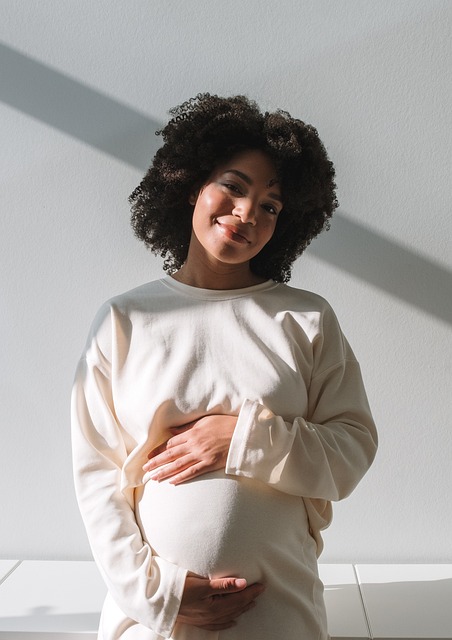Let’s talk about something that many of us have heard of but might not fully understand—ovulation. You may know it’s important for getting pregnant, but when it comes to tracking it on your calendar, things can get a bit fuzzy. Don’t worry; you’re not alone! Dr. Sarah Johnson, a reproductive specialist, recently shared insights on this topic to help demystify your fertility window.
What Exactly is Ovulation?
Ovulation occurs during a woman’s menstrual cycle when a mature egg is released from the ovary and makes its way to the Fallopian tubes. This is the moment when the egg can either be fertilized by sperm or simply break down. If your cycles are regular, ovulation typically happens about 14 days before your next period begins. During this phase, the luteinizing hormone (LH) surges, signaling that it’s time for your body to get ready for potential conception.
Your “fertile window,” where you’re most likely to conceive, spans about six days leading up to and including the day you ovulate. Knowing when this window occurs is key to optimizing your chances of getting pregnant.
How Can You Tell When You’re Ovulating?
Dr. Johnson suggests that monitoring your LH levels is a reliable method for tracking your ovulation cycle. Since LH levels spike just before ovulation, you can use ovulation predictor kits to catch this surge. While it’s possible to have an LH spike without actually ovulating, if you have regular cycles, you’re likely ovulating as well.
The LH surge typically occurs about 24 hours before the egg is released, making this the prime time for conception. By testing your urine daily with these kits, you can pinpoint your cycle and plan intimate moments with your partner accordingly.
Another method involves tracking your basal body temperature. Some women notice a slight increase in temperature right after ovulation, which can help predict future cycles. Though not as exact as predictor kits, it can still give you a general idea of when to try for a baby. Aim to have sex every 24 to 48 hours leading up to ovulation because sperm can survive in the female body for several days, increasing your chances.
What Are the Chances of Getting Pregnant During Ovulation?
While timing and ovulation are crucial, numerous factors influence conception, making the odds vary for each couple. For instance, a healthy woman in her 30s has about a 15% chance of conceiving each month. It’s not uncommon to try for several months before seeing success. If you’re under 35 and haven’t conceived after a year of unprotected intercourse, you should consider consulting a fertility specialist. For women aged 35-39, it’s advisable to seek guidance after 6 months, and for those 40 and older, after 3 months or immediately.
If you experience irregular cycles or have difficulties conceiving, a simple fertility evaluation can help determine if ovulation is occurring or if there are other underlying issues. Curious about balancing your journey? Check out this insightful post on achieving balance in your fertility journey.
For at-home insemination solutions, you might want to explore the BabyMaker kit, known for its convenience and effectiveness in helping couples conceive naturally. Additionally, for more comprehensive information about IVF procedures, the Mayo Clinic offers an excellent resource on the subject.
In summary, understanding ovulation is essential for anyone trying to conceive. By tracking your cycle and knowing your fertile window, you can enhance your chances of pregnancy. Don’t hesitate to seek professional advice if you face challenges along the way.

